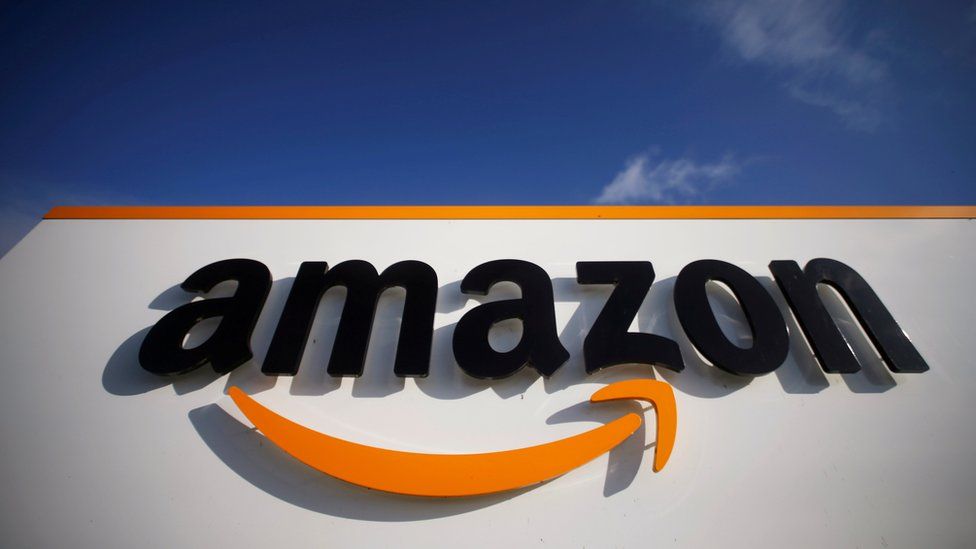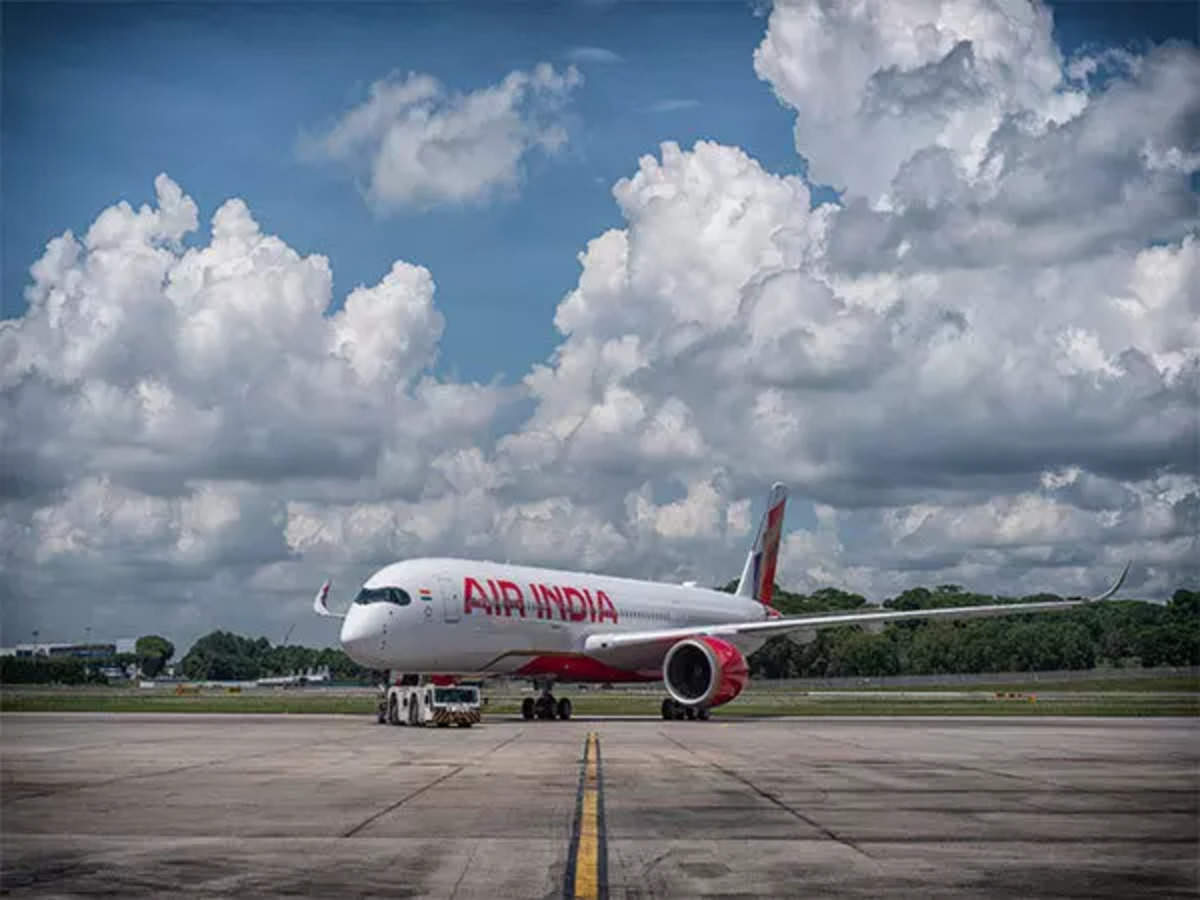The Adani Group is set to inject approximately Rs 2.3 trillion into India’s most ambitious renewable energy expansion and manufacturing capacity for solar and wind energy by 2030. This investment surge comes despite a recent short-seller attack, showcasing the group’s steadfast commitment to its rapid growth objectives.
Adani Green Energy Ltd, the country’s largest renewable energy firm, will channel around Rs 1.5 trillion to ramp up its solar and wind power generation capacity at Khavda in Gujarat’s Kutch region from the current 2 GW to an impressive 30 GW. An additional Rs 50,000 crore will be allocated to replicate similar projects across the country. Meanwhile, Adani New Industries Ltd (ANIL), a unit within Adani Enterprises Ltd, will contribute nearly Rs 30,000 crore towards expanding solar cell and wind turbine manufacturing capacities at Mundra in Gujarat.
AGEL, which currently has an operating portfolio of 10,934 megawatts (10.93 GW), is targeting 45 GW of renewable energy capacity by 2030. 30 GW of this will come up at just one location at Khavda – the world’s largest renewable energy project. “We have just now commissioned 2,000 MW (2 GW) of capacity at Khavda and plan to add 4 GW in the current fiscal (financial year ending March 2025) and 5 GW every year thereafter,” said Vneet S Jaain, Managing Director, AGEL.
To support these plans as well as meet requirements of other domestic renewable players and the export market, ANIL plans to expand its cell and module manufacturing facility at Mundra to 10 GW by 2026-27 from the current 4 GW. Jaain, who is also a director on the board of ANIL, said crystalline silicon is turned into cells capable of converting sun rays into electric current and mounted on modules before being placed in high radiation areas such as Khavda. Electricity thus generated is wired to the transmission grid for onward movement to customers. Besides solar manufacturing, ANIL is also doubling capacity to make windmills that generate electricity from wind, to 5 GW in three-and-a-half years, he said.
The Adani Group, which spans from seaports to electricity generation and transmission, natural gas distribution, mining, copper production, airports, data centers, and commodities business, has a capital expenditure outlay of Rs 1.2 trillion for the 2024-25 fiscal year (April 2024 to March 2025). The group’s renewable energy plans are the most ambitious by any corporate in the country, which is targeting to generate 500 GW of electricity from non-fossil sources by 2030 as part of a broader plan of achieving net-zero emissions by 2070.
Khavda, spread over 538 square kilometers which is the equivalent of five times the area that the city of Paris does, will at peak generate 81 billion units that can power entire nations such as Belgium, Chile, and Switzerland. AGEL’s other project sites are in Rajasthan and Tamil Nadu. The massive clean power generation park is located in barren land close to the border with Pakistan.
Jaain said the 30 GW planned at Khavda would comprise 26 GW of solar and 4 GW of wind capacity. AGEL’s existing operational portfolio comprises 7,393 MW solar, 1,401 MW wind, and 2,140 MW wind-solar hybrid capacity. Its current portfolio of 10,934 MW, which will power more than 5.8 million homes and avoid about 21 million tonnes of carbon dioxide emissions annually, represents around 11 percent of India’s installed utility-scale solar and wind capacity, contributing over 15 percent of the nation’s utility-scale solar installations.
The renewable energy push comes as the conglomerate shrugs off the impact of Hindenburg Research that in January last year published allegations that Adani companies had engaged in share price manipulation and accounting fraud. The group has refuted all allegations, which caused the combined market capitalization of its listed companies to fall by USD 150 billion at their worst point. Its chairman Gautam Adani has in recent months stated that the group’s balance sheet was “healthier than ever before”.
In the immediate aftermath of the short-seller report, Adani reassured investors and bondholders by slowing some investment plans, paying down share-backed debt, and selling stakes to outside backers, including Florida-based investment firm GQG Partners. But now it is back to its breakneck speed expansion, switching back-to-back deals, including one with Reliance Industries Ltd of rival billionaire Mukesh Ambani.


 Opinion2 years ago
Opinion2 years ago
 Fashion7 years ago
Fashion7 years ago
 Entertainment7 years ago
Entertainment7 years ago
 Entertainment7 years ago
Entertainment7 years ago
 Opinion2 years ago
Opinion2 years ago
 Business News2 years ago
Business News2 years ago
 Policy&Politics2 years ago
Policy&Politics2 years ago
 Business News2 years ago
Business News2 years ago





















